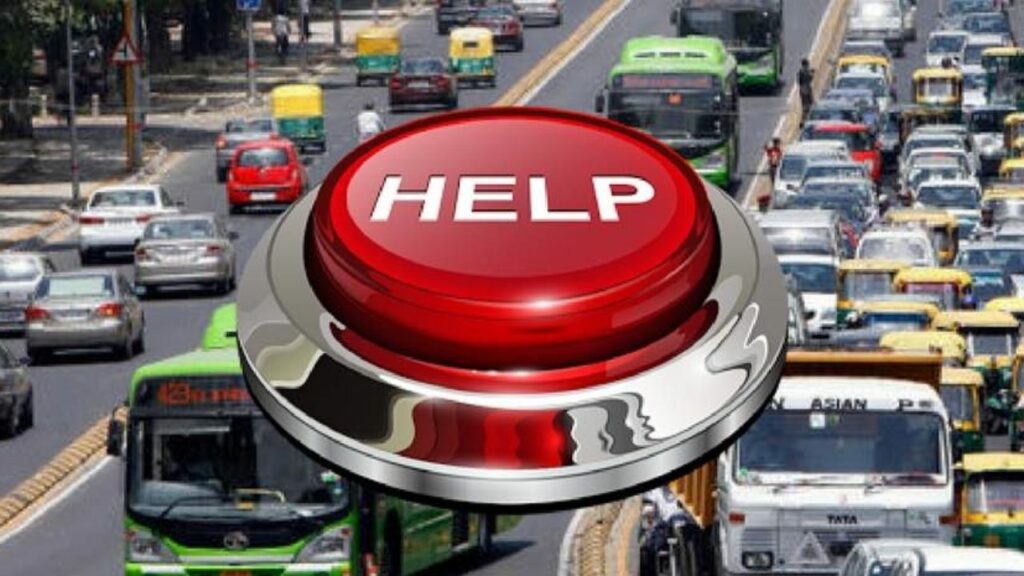Union Minister for Road Transport and Highways, Nitin Gadkari, recently announced a pioneering scheme to provide cashless treatment for victims of road accidents. This initiative is being piloted in Chandigarh and Assam and aims to offer comprehensive medical support for individuals involved in motor vehicle accidents.

Scheme Implementation and Coverage
The Transport Ministry, in collaboration with the National Health Authority (NHA), has developed and started implementing this scheme. It covers medical treatment for victims of road accidents caused by motor vehicles, irrespective of the road type. The scheme ensures that eligible victims receive Health Benefits Packages for trauma and polytrauma care at empanelled hospitals under the Ayushman Bharat Pradhan Mantri-Jan Arogya Yojana (AB PM-JAY). The coverage is up to a maximum of Rs. 1.5 lakh for a period of seven days from the date of the accident.
Administrative Framework
The scheme is administered under the Motor Vehicle Accident Fund, established according to Section 164B of the Motor Vehicles Act, 1988. The income sources and fund utilization are outlined in the Central Motor Vehicles (Motor Vehicle Accident Fund) Rules, 2022. The NHA, part of the Ministry of Health & Family Welfare, oversees the program’s implementation in coordination with local police, empanelled hospitals, State Health Agencies, the National Informatics Centre, and the General Insurance Council.
Pilot Program Details
Minister Gadkari highlighted that the pilot program, under the Motor Vehicles Act of 1988, supports victims of road accidents caused by motor vehicles, irrespective of the accident location. The initiative aims to reduce fatalities and provide better treatment to road accident victims.
Goals and Impact
The primary goal of this scheme is to reduce deaths resulting from road accidents by providing immediate and effective medical care. By offering cashless treatment, the government hopes to alleviate the financial burden on victims and their families, ensuring timely and adequate medical intervention.
Conclusion
This innovative scheme represents a significant step towards improving road safety and healthcare accessibility for accident victims in India. As the pilot program progresses, it holds the potential to be expanded nationwide, offering vital support to countless individuals and enhancing the country’s emergency medical response infrastructure.
4o













